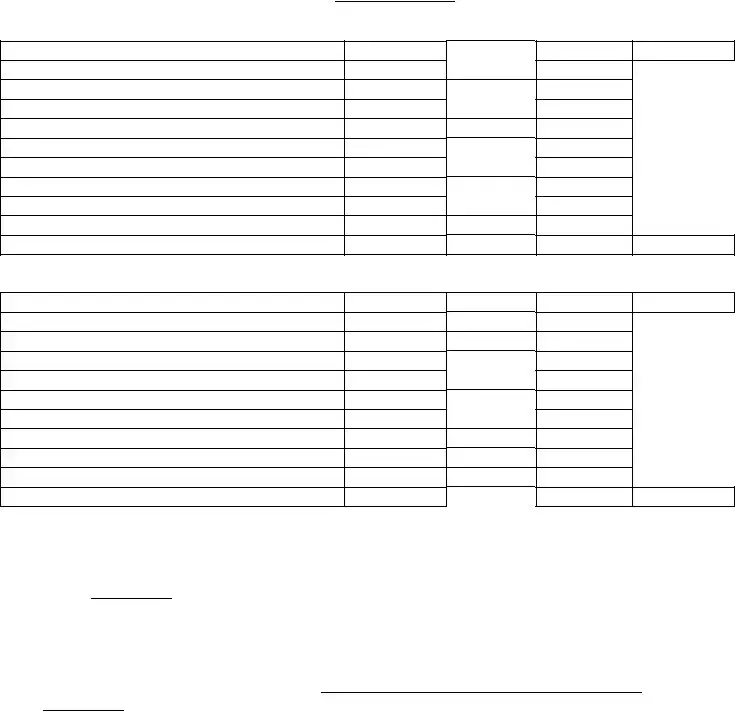What is a High School Transcript form?
A High School Transcript form is a document that records a student's academic performance throughout high school. It lists all the courses a student has taken, along with the grades received for each course. Additionally, it may include standardized test scores, awards, and extracurricular activities, providing a comprehensive overview of a student’s academic achievements and involvements.
How can I obtain my High School Transcript?
To obtain your High School Transcript, you should contact your high school's administrative or guidance office. Most schools have a request form you'll need to fill out. You can often do this in person, by mail, or online, depending on your school's procedures. There might be a small fee associated with obtaining official copies. Be sure to ask about the process and any costs involved.
Why do I need a High School Transcript?
High School Transcripts are often required for college applications, scholarship applications, and certain job applications. They serve as proof of your academic performance and are critical for admission decisions and eligibility determinations. Additionally, if you're transferring high schools, your new school will likely require your transcript to understand your academic history.
Is there a difference between an unofficial and an official transcript?
Yes, there is a significant difference. An unofficial transcript is typically a printed or digital copy of your academic record that you can access for personal use. It's often free and quick to obtain. However, an official transcript is a sealed record sent directly from your high school to the requesting institution. It often has specific markings or seals that verify its authenticity. Colleges, universities, and some employers require official transcripts.
How long does it take to receive a High School Transcript?
The time it takes to receive a High School Transcript varies depending on your high school's policies and the method of delivery. Electronic transcripts might be sent within a few days, while mailed copies could take up to a few weeks. Always allow ample time for processing and delivery, especially if you're facing application deadlines.
Can I edit my High School Transcript?
No, you cannot edit your High School Transcript. It is an official record of your academic history. Any alterations or falsifications can have serious consequences, including legal ramifications and academic penalties. If you find an error on your transcript, contact your high school immediately to have it corrected through official channels.


